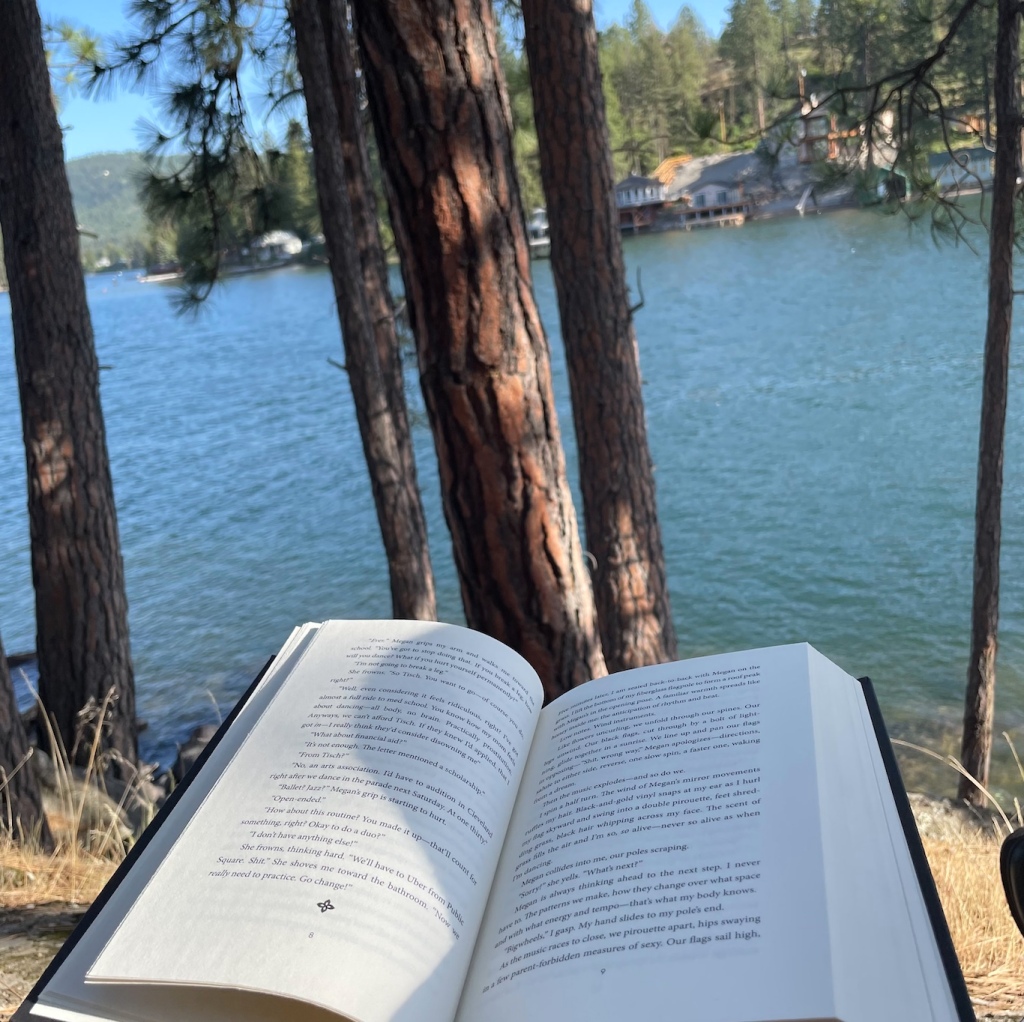By Gladys Lemesurier
I think that I must have been writing stories since the first time I could pick up a pencil. I must have been scratching magical scenes and characters onto paper with a pencil sharpened to a fine point. I wrote the stories that lived in my imagination, inspired by the books my parents had read to me. Other interests took over as I grew older and I became swamped by school and sports and a social life.
As the years passed, I slowly found my way back to my passions of reading and writing, realizing that they could be a bigger part of my life than just simple hobbies. I tried my best to not let my new goals become discouraged by the facts in front of me. Even so, the statistics were undeniable. In a single year, over 2 million books are published worldwide, with about 292,000 books published in just the United States as of 2011. I felt small, knowing my stories were only a drop in the vast ocean of the publishing industry. Unfortunately, I soon came to understand that making myself stand out amidst the crowd would not be the only problem I would face.
The book publishing industry is a surprisingly idyllic place in theory. Lots of people, like myself, are attracted to the idea of being able to share something that we love with hundreds— and maybe even millions, if we’re lucky— of people. We go into this profession knowing that we very likely won’t be the next James Patterson. We know that our debut novel probably won’t get us the million-dollar book deal and it probably won’t be our first manuscript either. In reality, we enter this profession for our passion and so that we can be a part of a community of people like us. Even so, passion can only lead you far and eventually the inequalities in the industry become unavoidable, especially towards women and POC authors.
According to statistics, women have almost always been the majority when it comes to male vs. female authors. Women have consistently counted for around 60% of authors in the U.S., while making approximately 6k less per year. Statistics like these make it clear to me that ignoring inequalities in the industry only leads to the continuation of those trends. We have to acknowledge that there is a problem before we can begin to try and change it.
A major factor in the gender bias issue is that the book industry has relied on the while male narrative for a long time. Here’s a quick thought exercise: name 3 books you read for school that were written by women. If you have one right away, congratulations! You had a much more diverse education than I did. Education is dominated by the male narrative. Shakespeare, Mark Twain, George Orwell, F. Scott Fitzgerald, Ray Bradbury. The list goes on and on. These are the voices we are taught to pay attention to so these are the voices we believe are the most important.
At times it seems impossible to change the ways of industries. But change is a part of life. Recently, there has been a rise in the interest of self-publishing. The topic has a lot of mixed opinions with people speaking about its benefits and it’s downfalls. Lots of people within the industry think that self-publishing isn’t legitimate because anyone can write a book and sell it through Amazon Publishing. But self-publishing still requires huge amounts of time for editing, promoting, marketing, and so much more. Though this method of publishing is looked down on, it’s undeniable that it is becoming wildly more popular. I would argue that it’s popularity could change views in the publishing industry as big publishers begin to realize that interests are changing and the public is looking for more diversity in their writing.
The publishing industry today still skews hard in favor of White, CIS, and straight voices. But I think it’s rather exciting that we can actively see trends changing around us. When I was younger, most of my stories featured a female protagonist making her way through mystical lands. But that girl was always white and I couldn’t find any of myself in her aside from the fact that she was a girl. I had copied the books I read because it was all I knew. Today, I’m very happy to say that has changed and there is a much wider array of diverse fiction available for little girls to find themselves in.
The market for diverse books is not huge, but it is there and it would be foolish of me to not mention the influence of social media. Bookstagram—a subgenre of the social platform Insagram— is a community where people share their favorite books with each other and with their audiences. I follow a lot of bookstagrammers and to be honest, it’s where I get a majority of my recommendations. The diversity present in this community is wonderful and gives me a lot of hope for the future of the publishing industry. As we make our interests and wants heard, trends in the industry will have to change to match.
I think that people who use their platforms as a way to promote diversity in the publishing industry are an excellent example of the community we all want to be a part of. When I think about how much time and effort goes into every single one of their posts, I’m reminded of the passion we all share. We all love reading. It’s fun, relaxing, cathartic, imaginative, and so much more. We want to protect this community and we want more than anything to be able to tell our stories to people.

